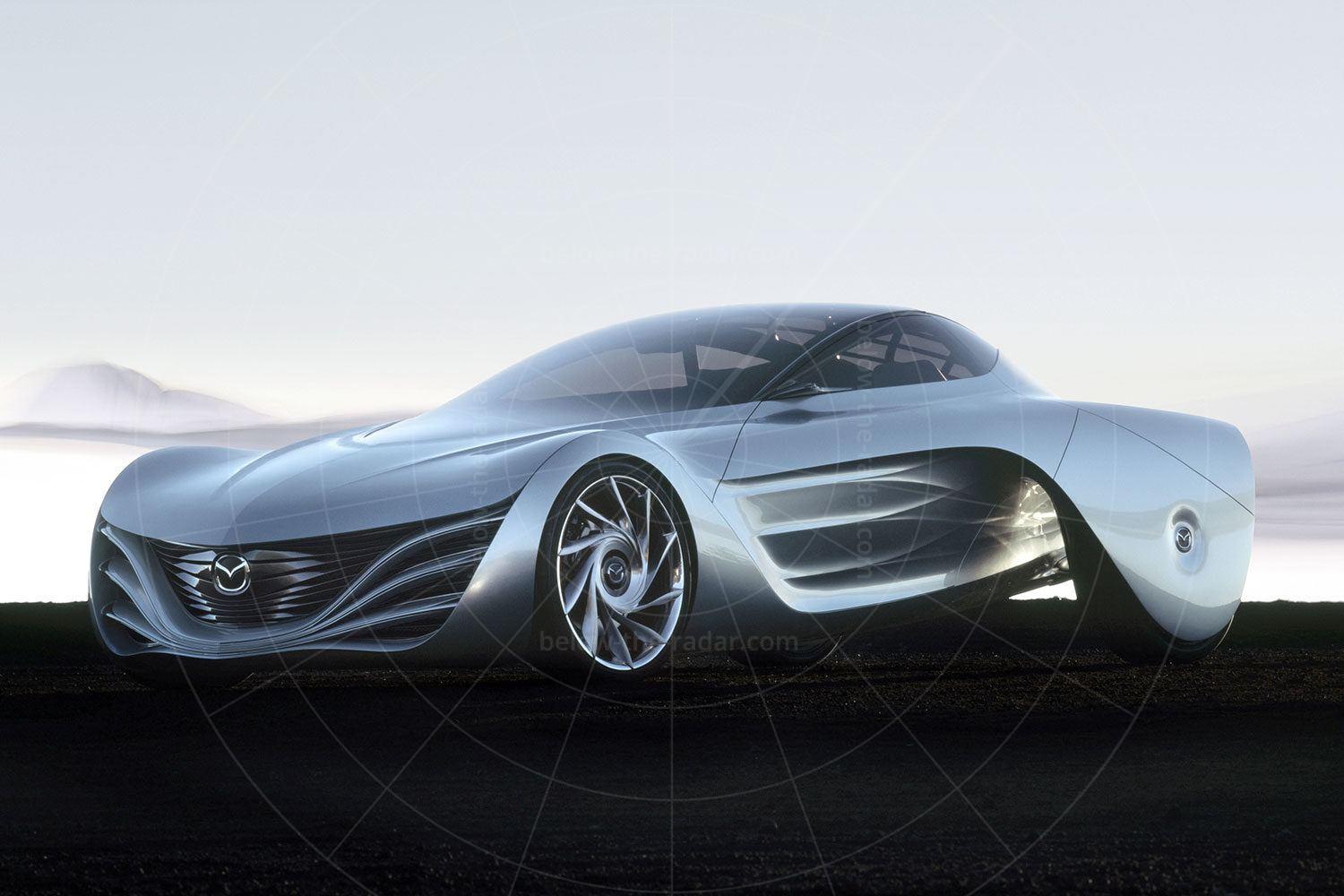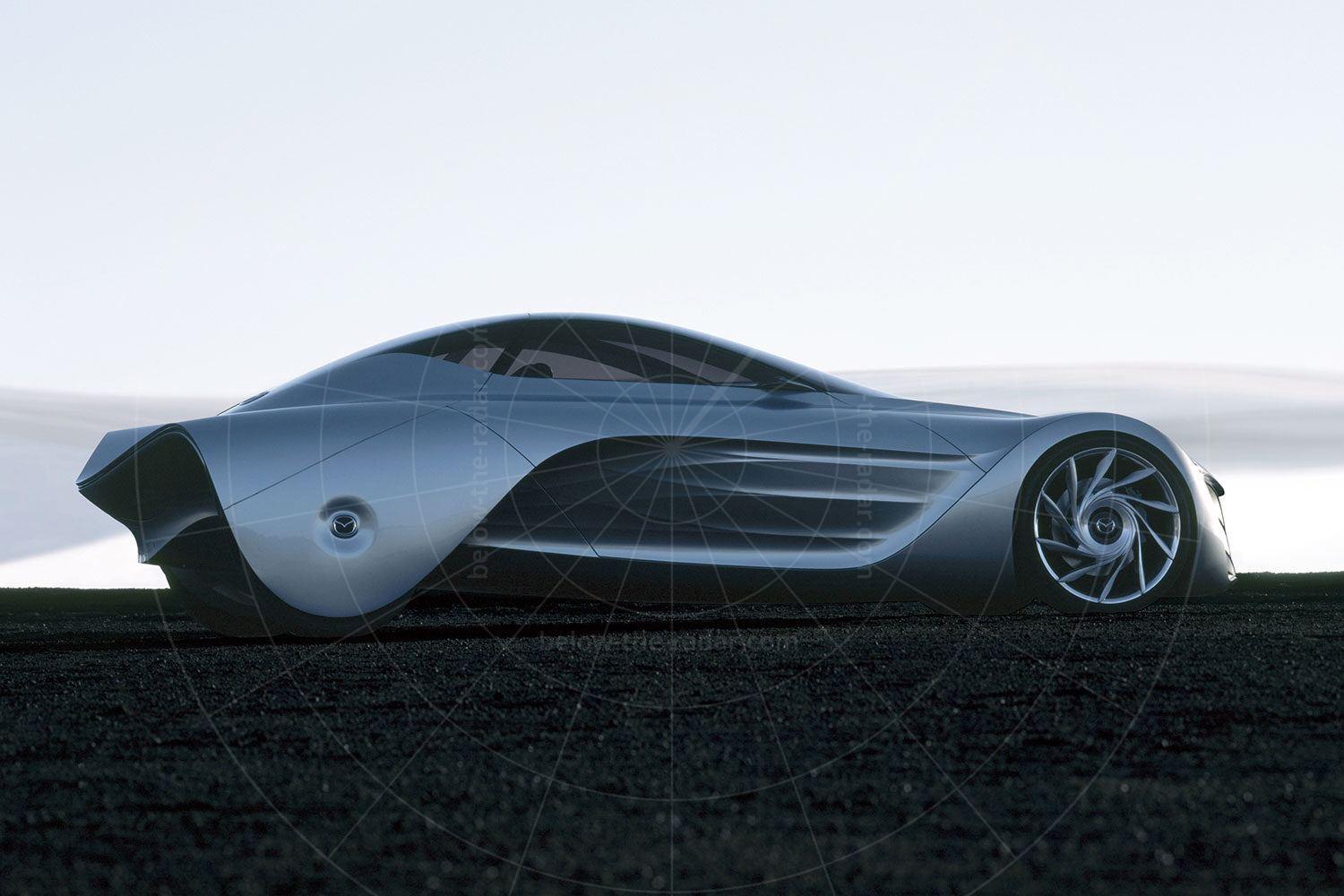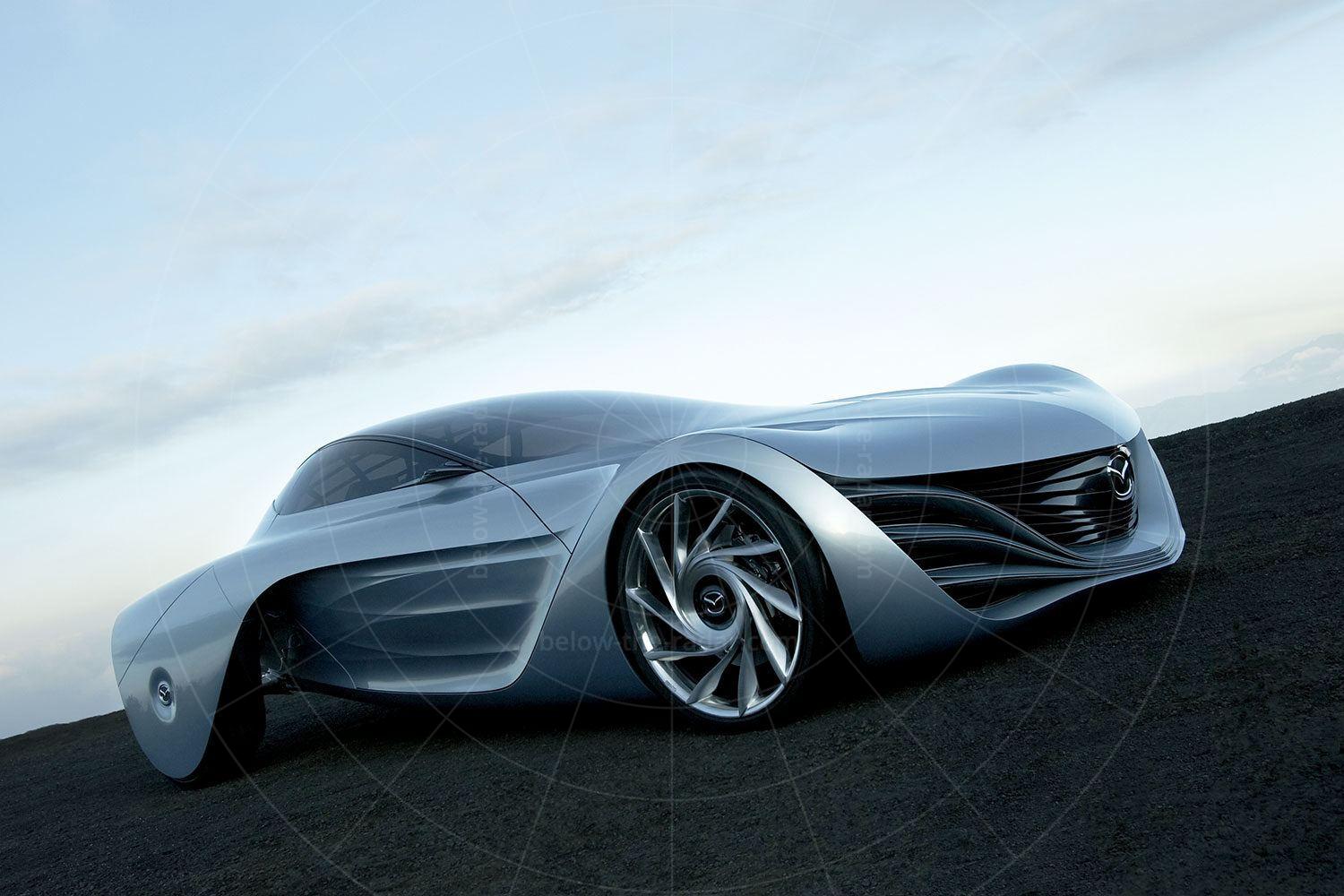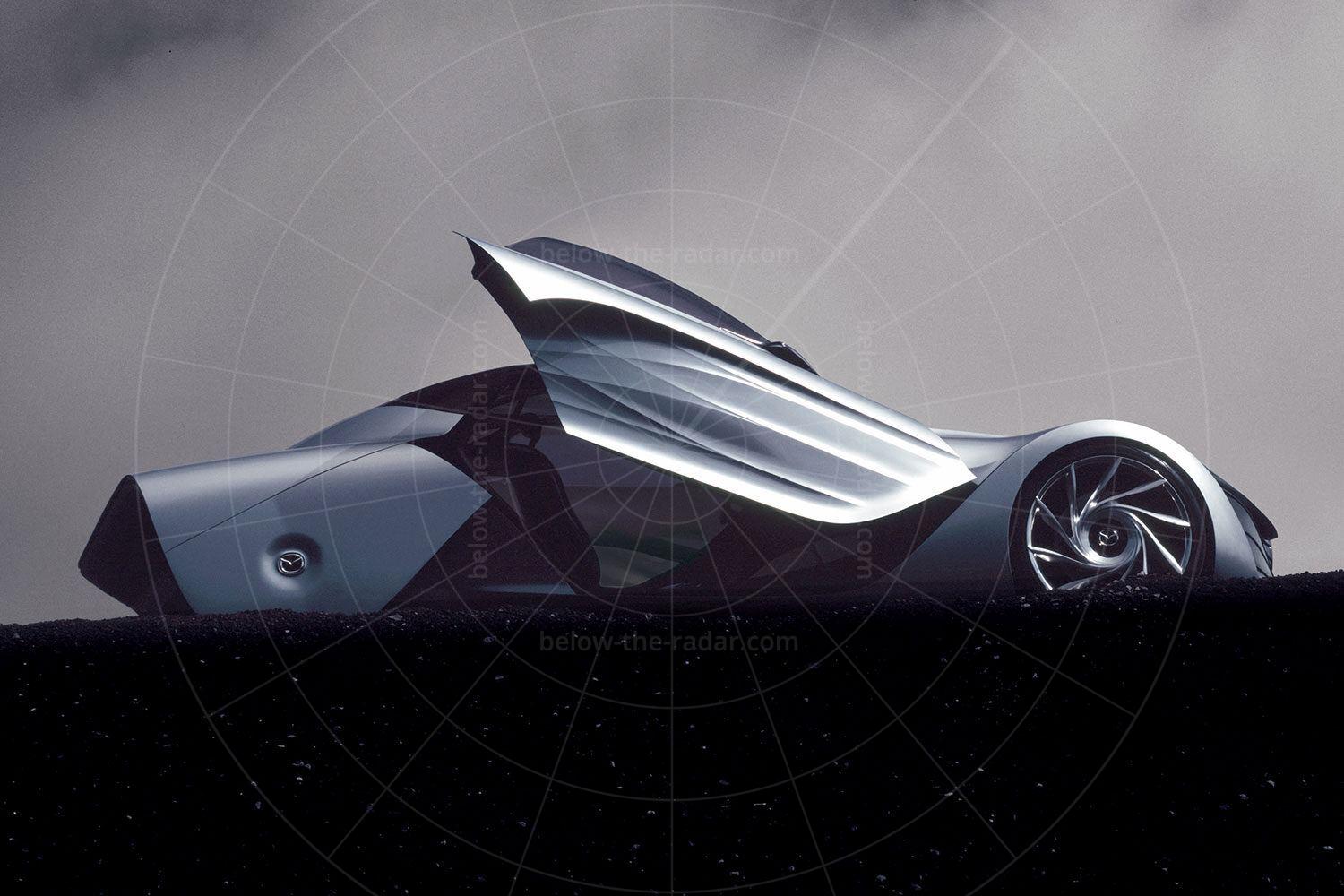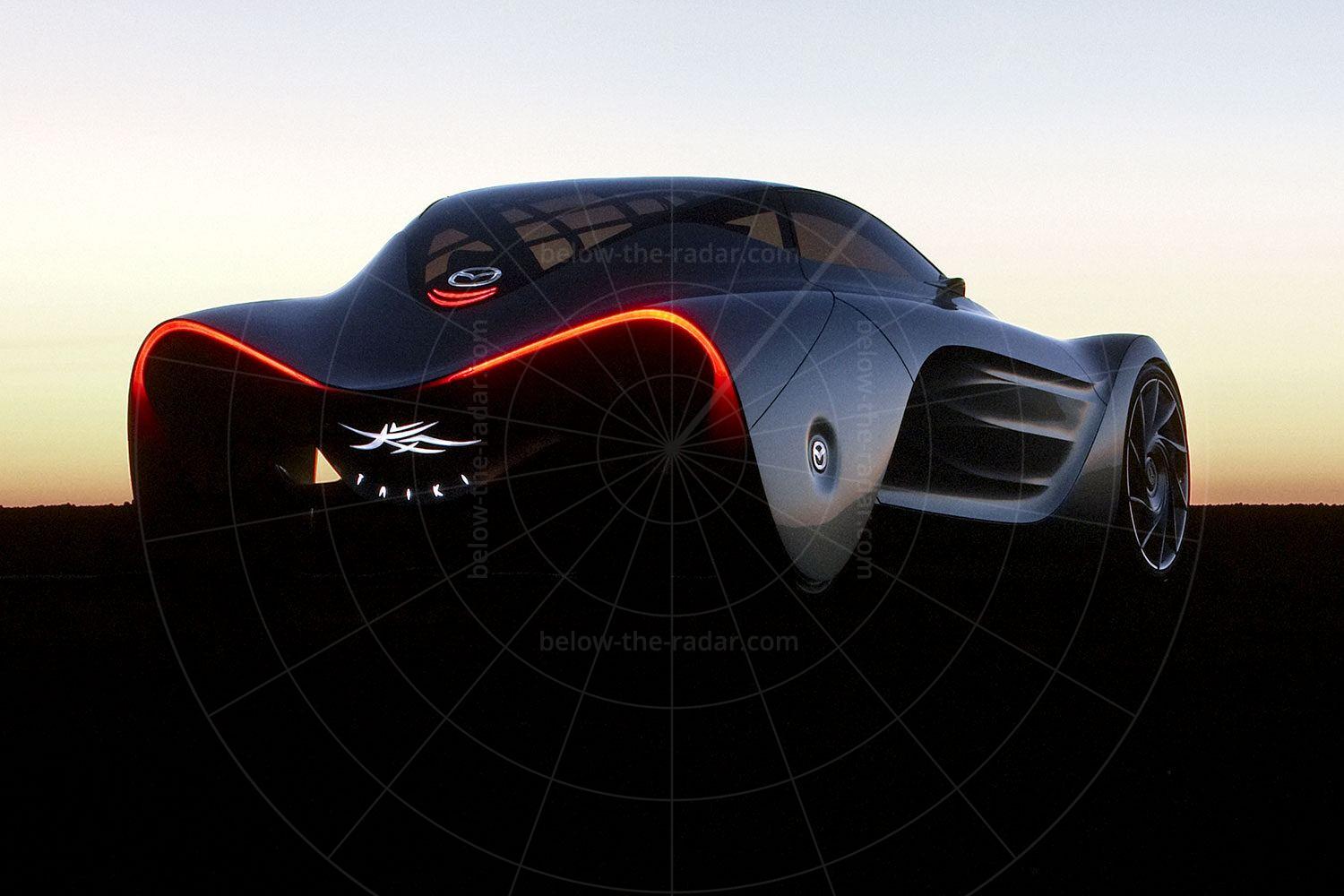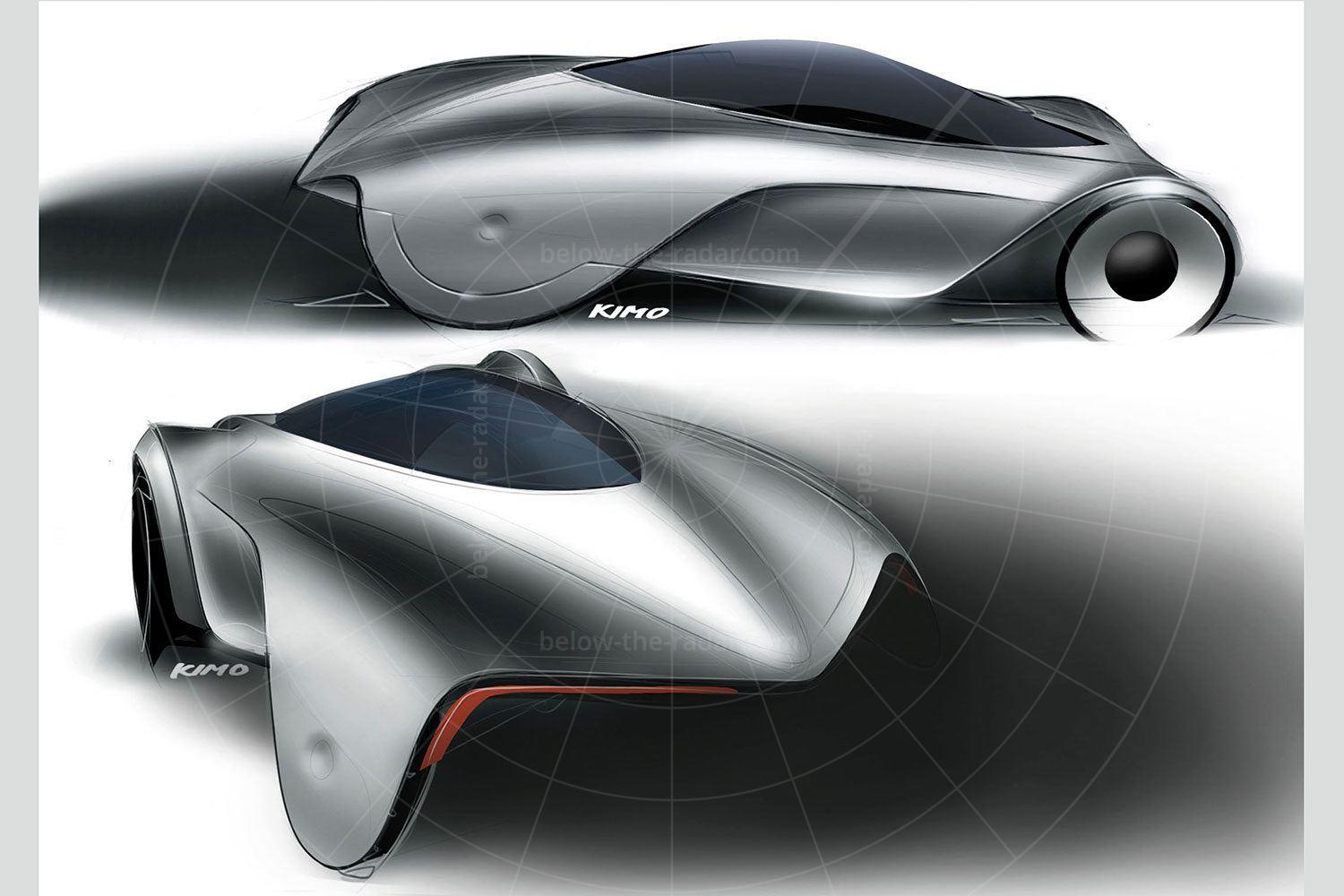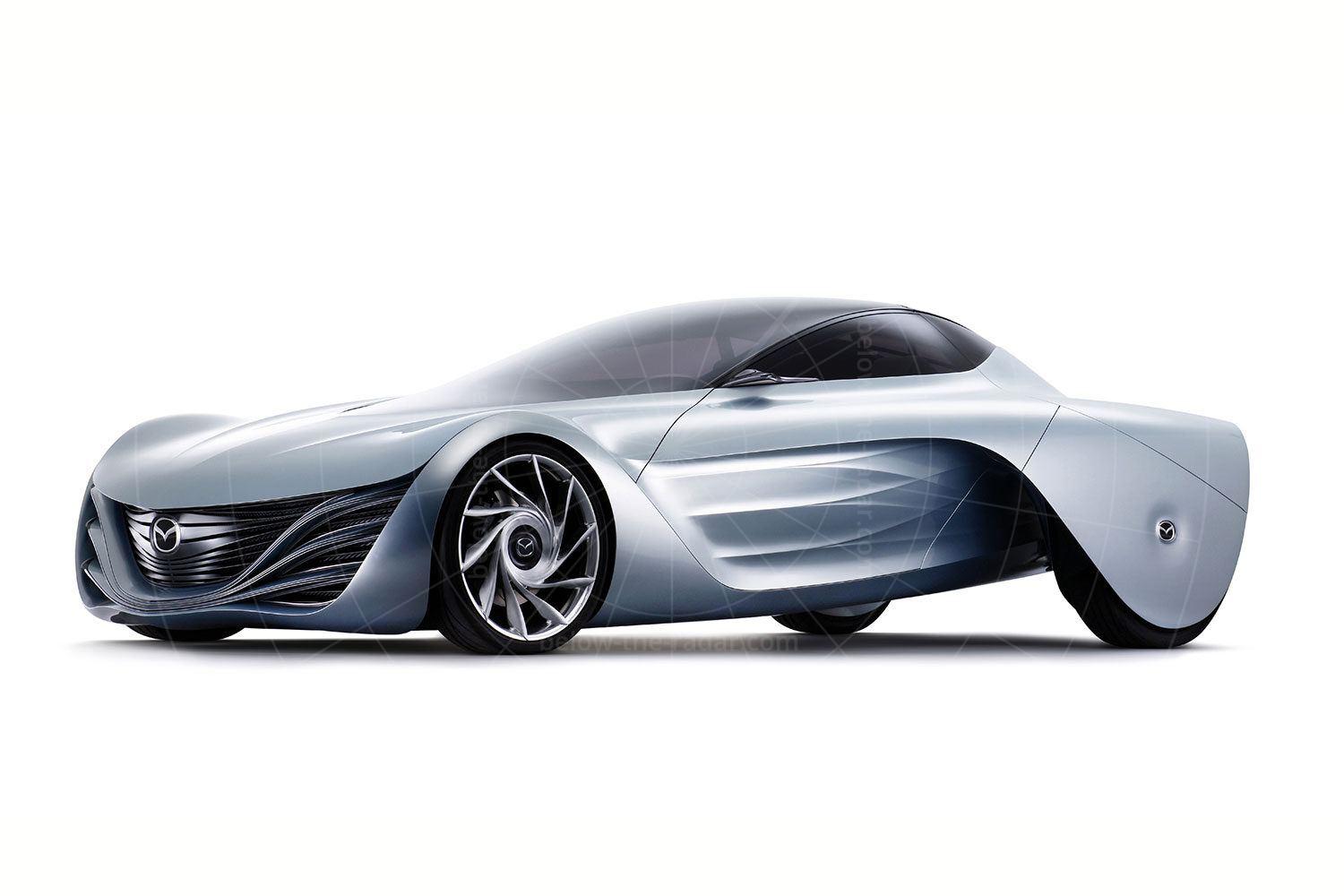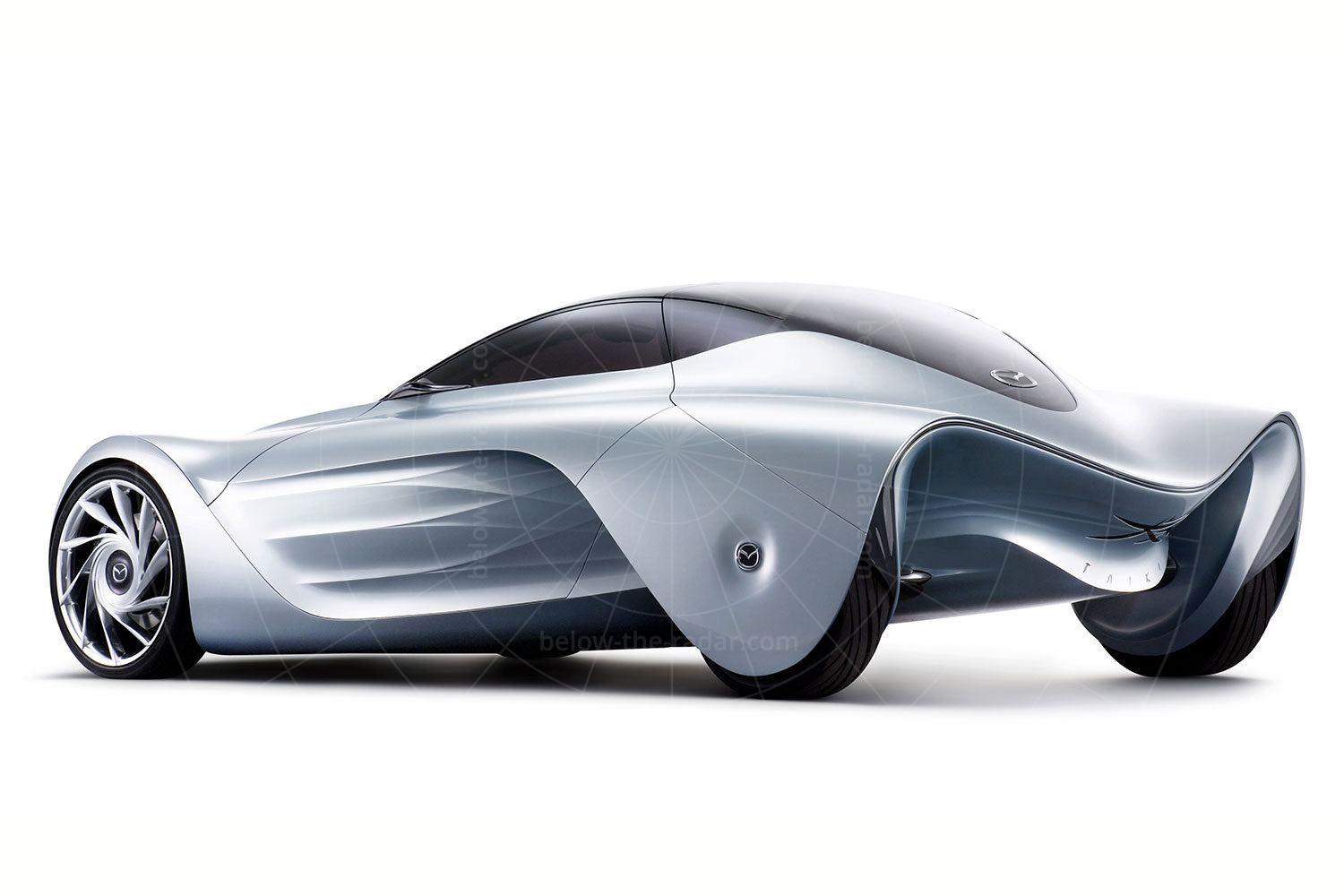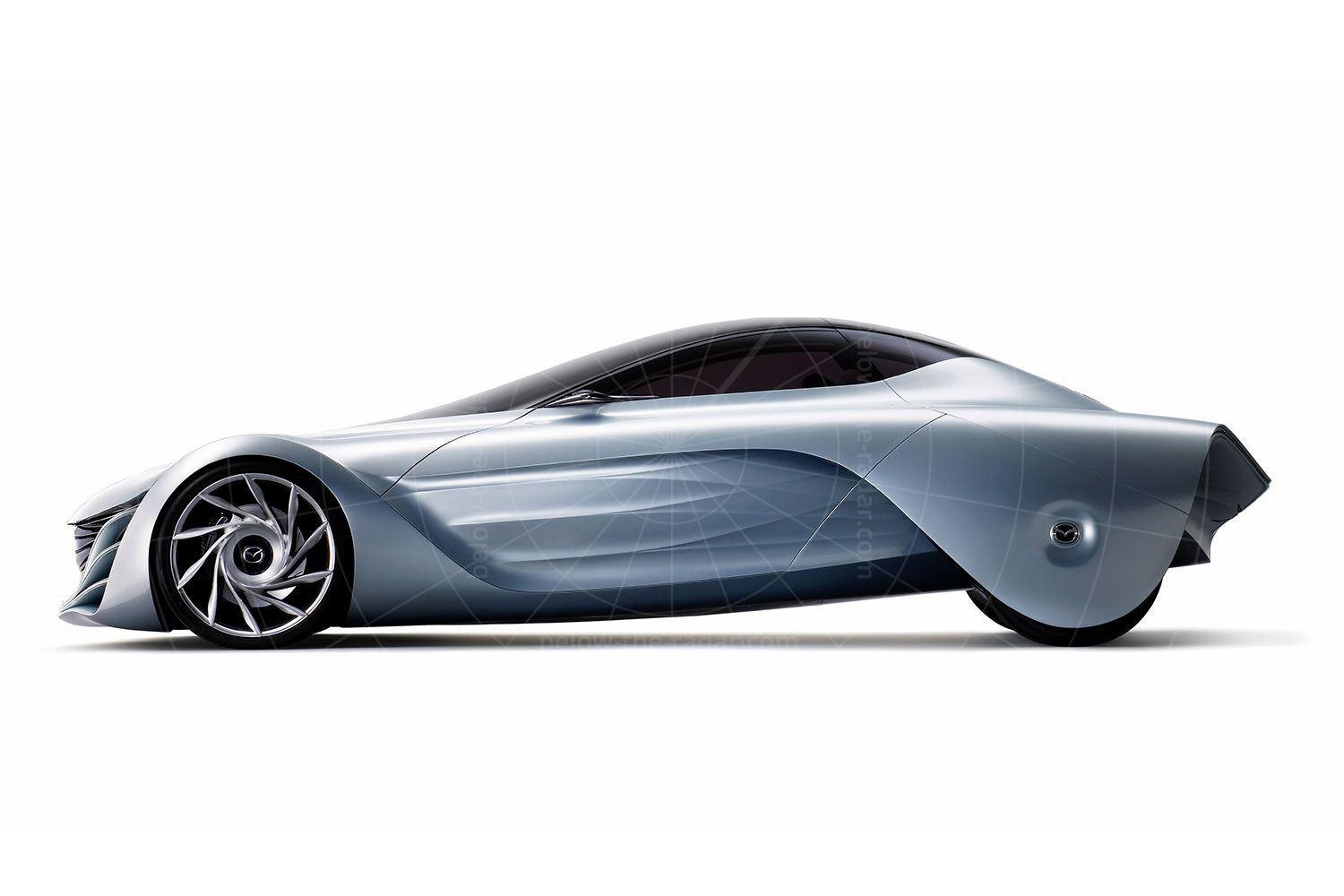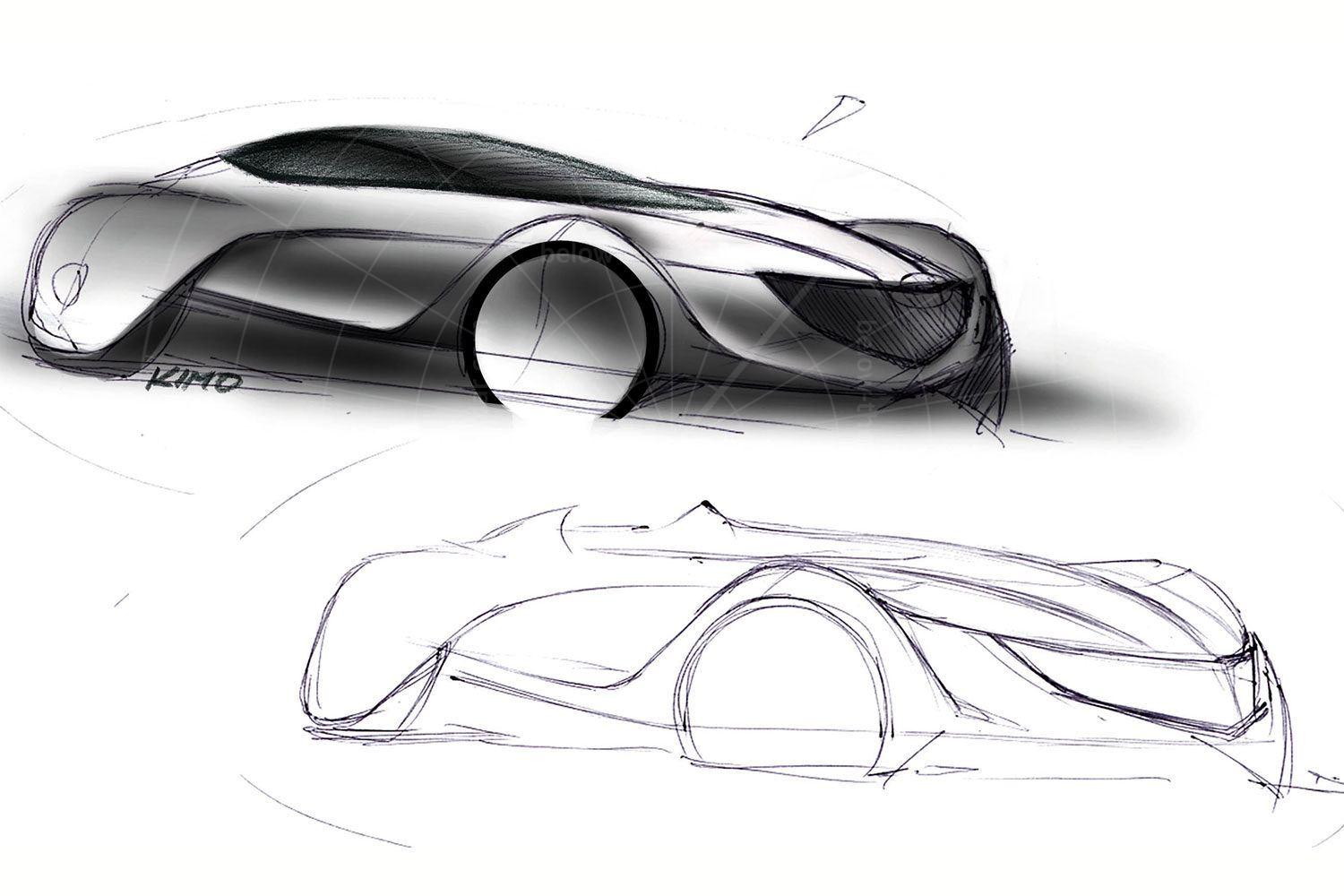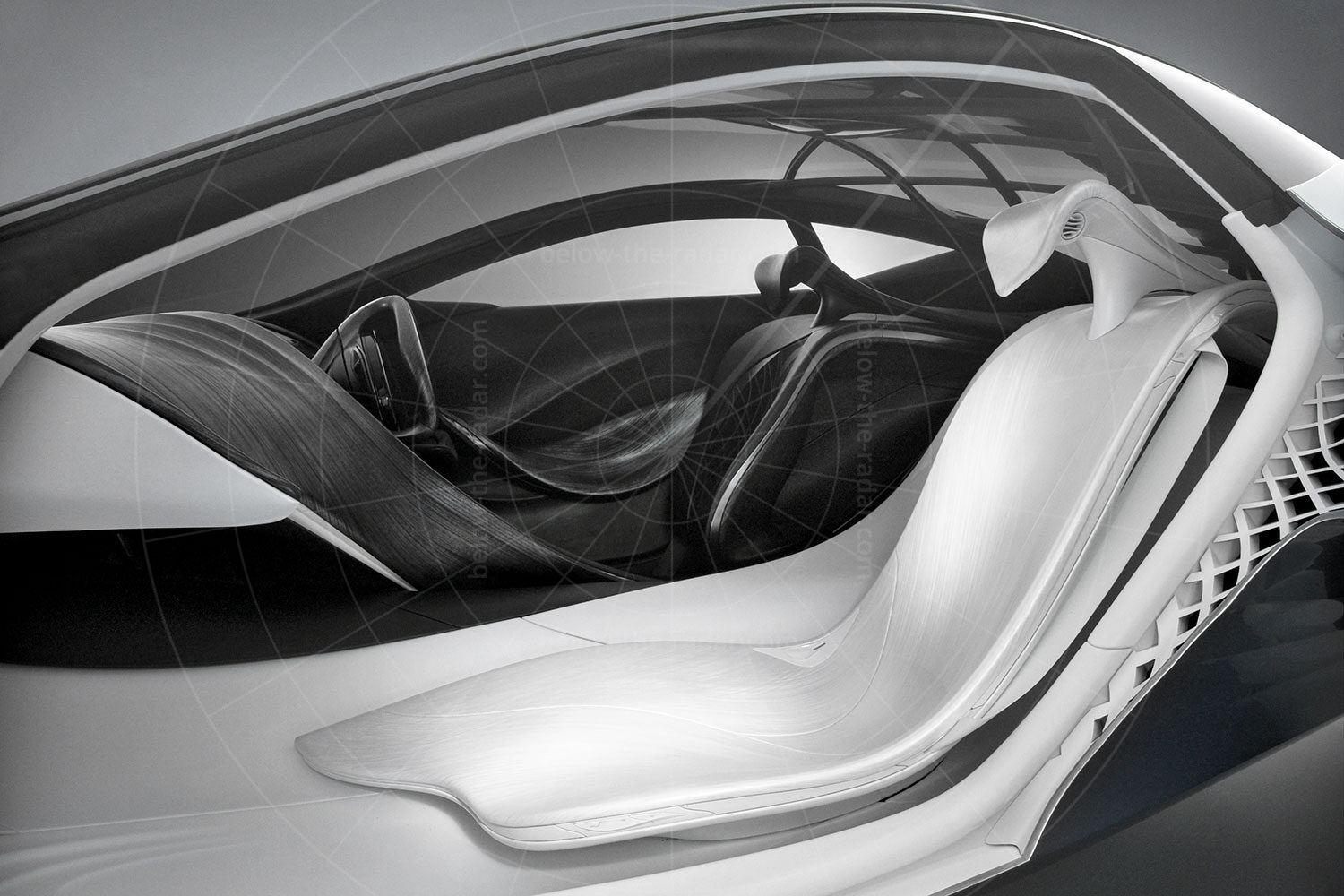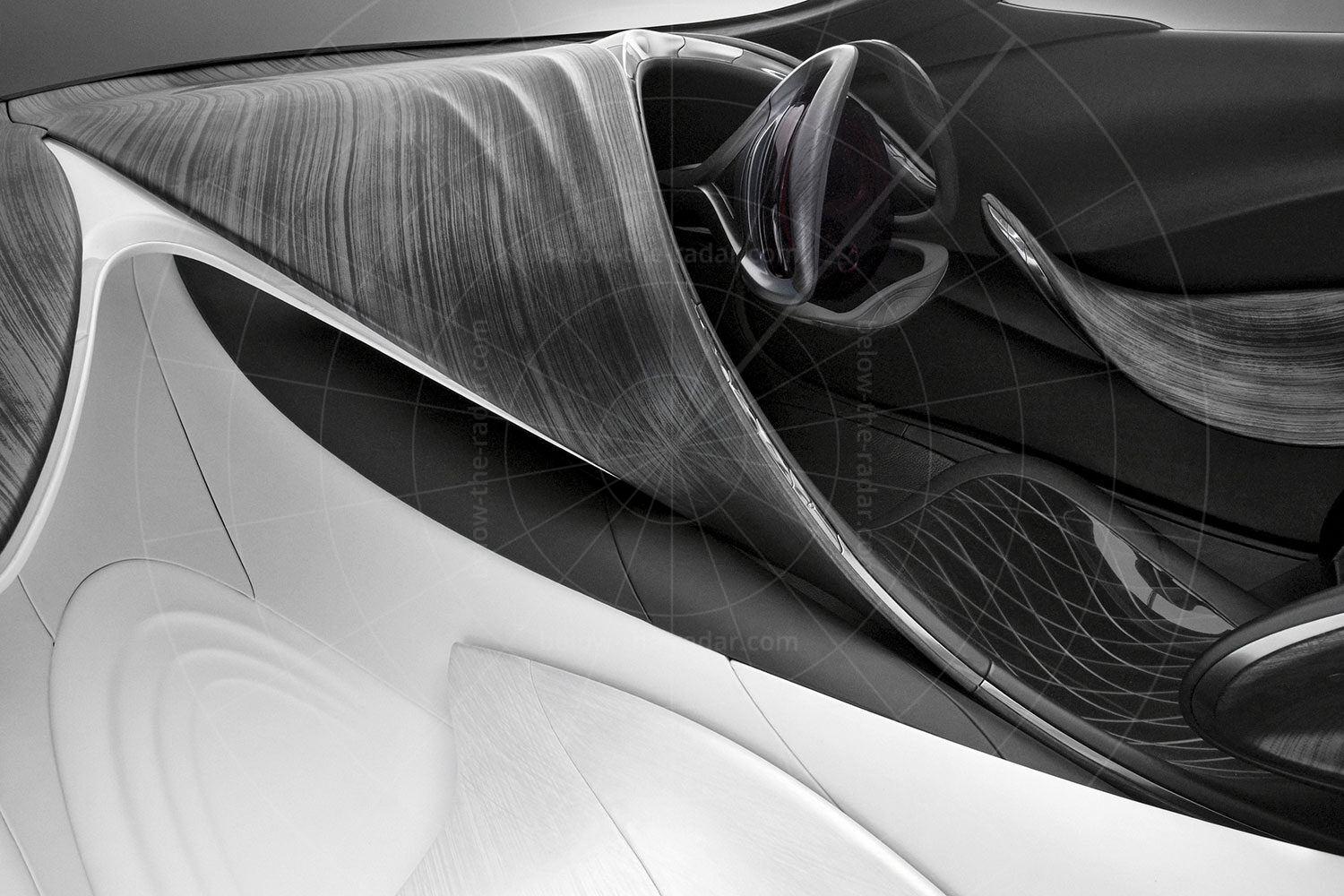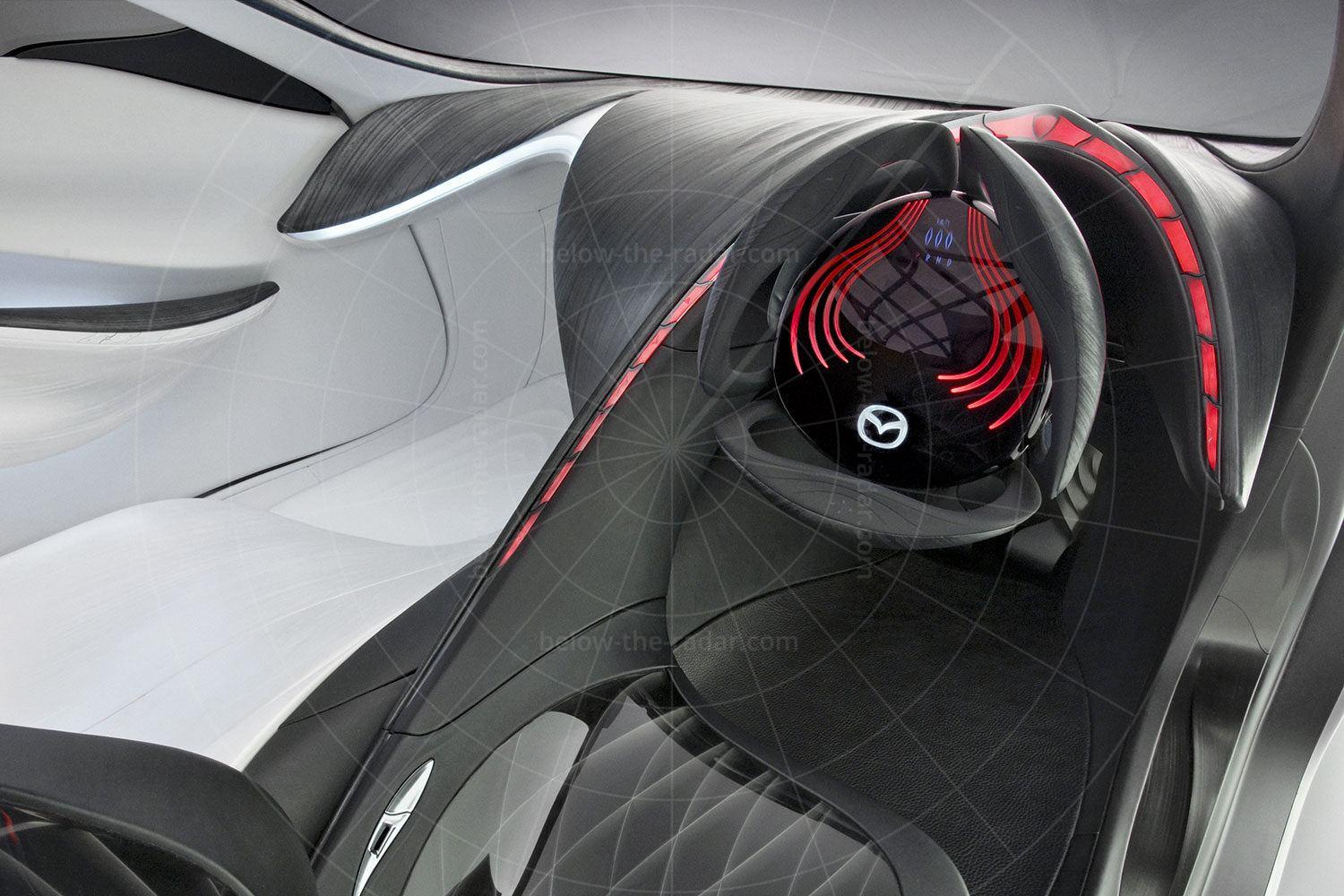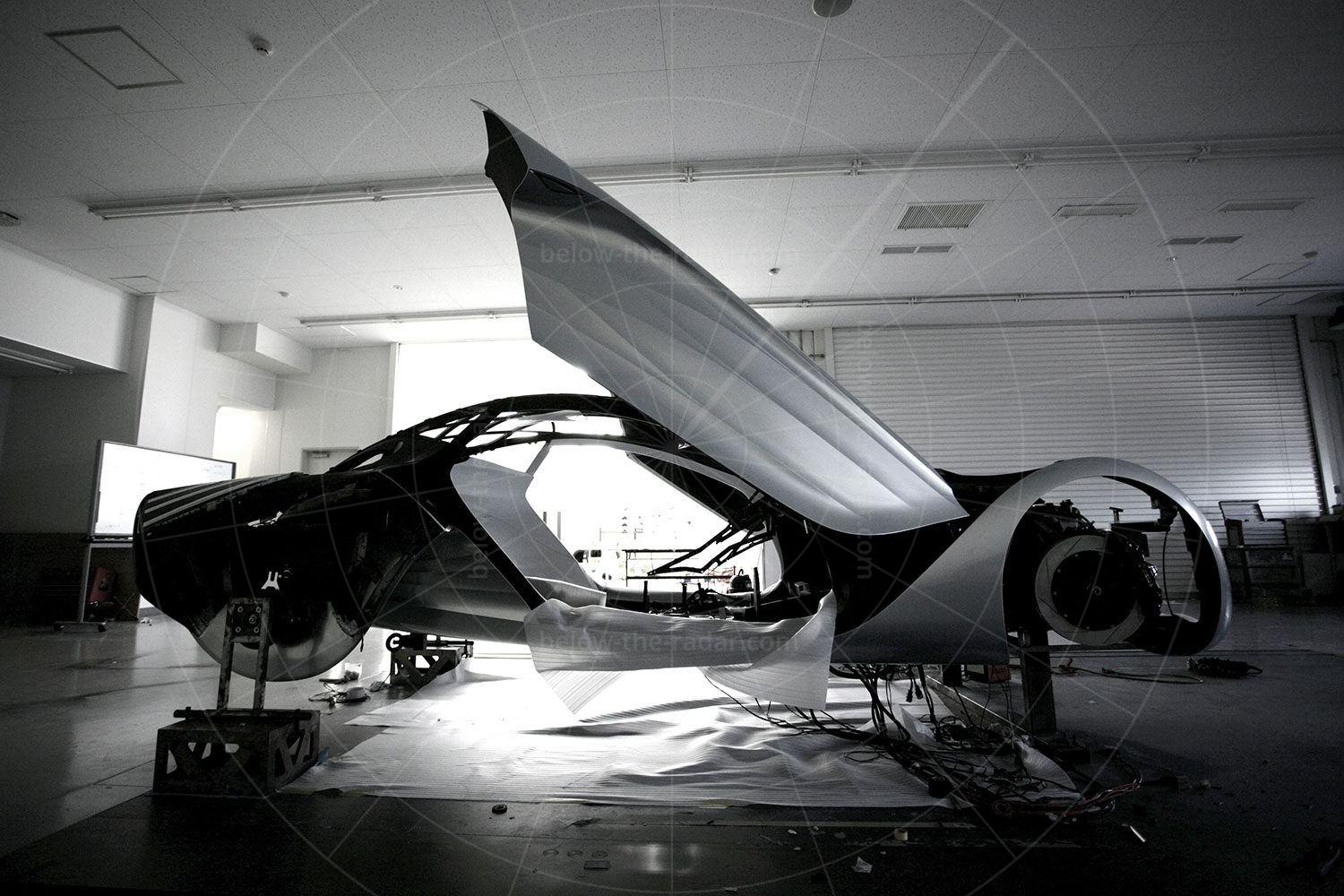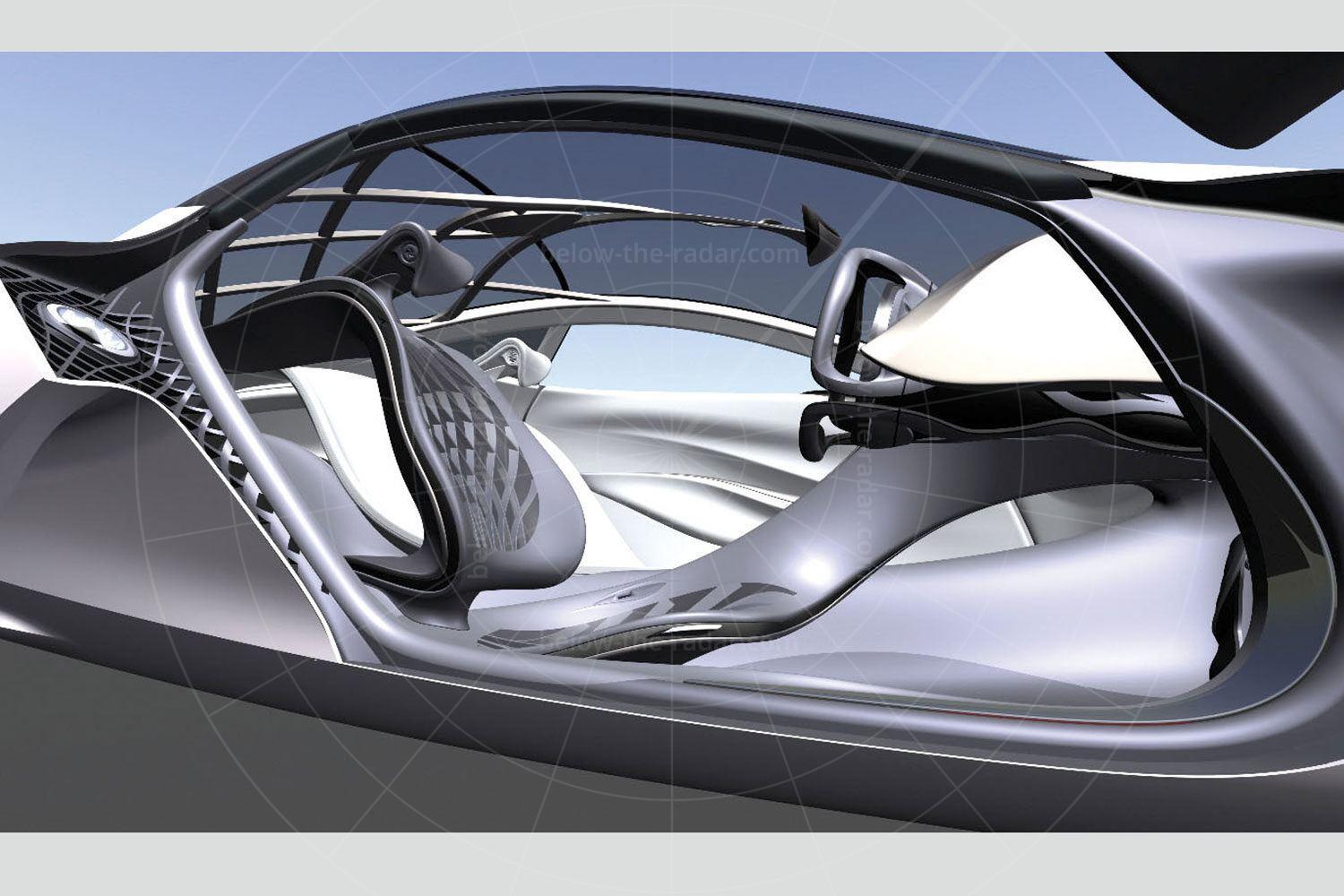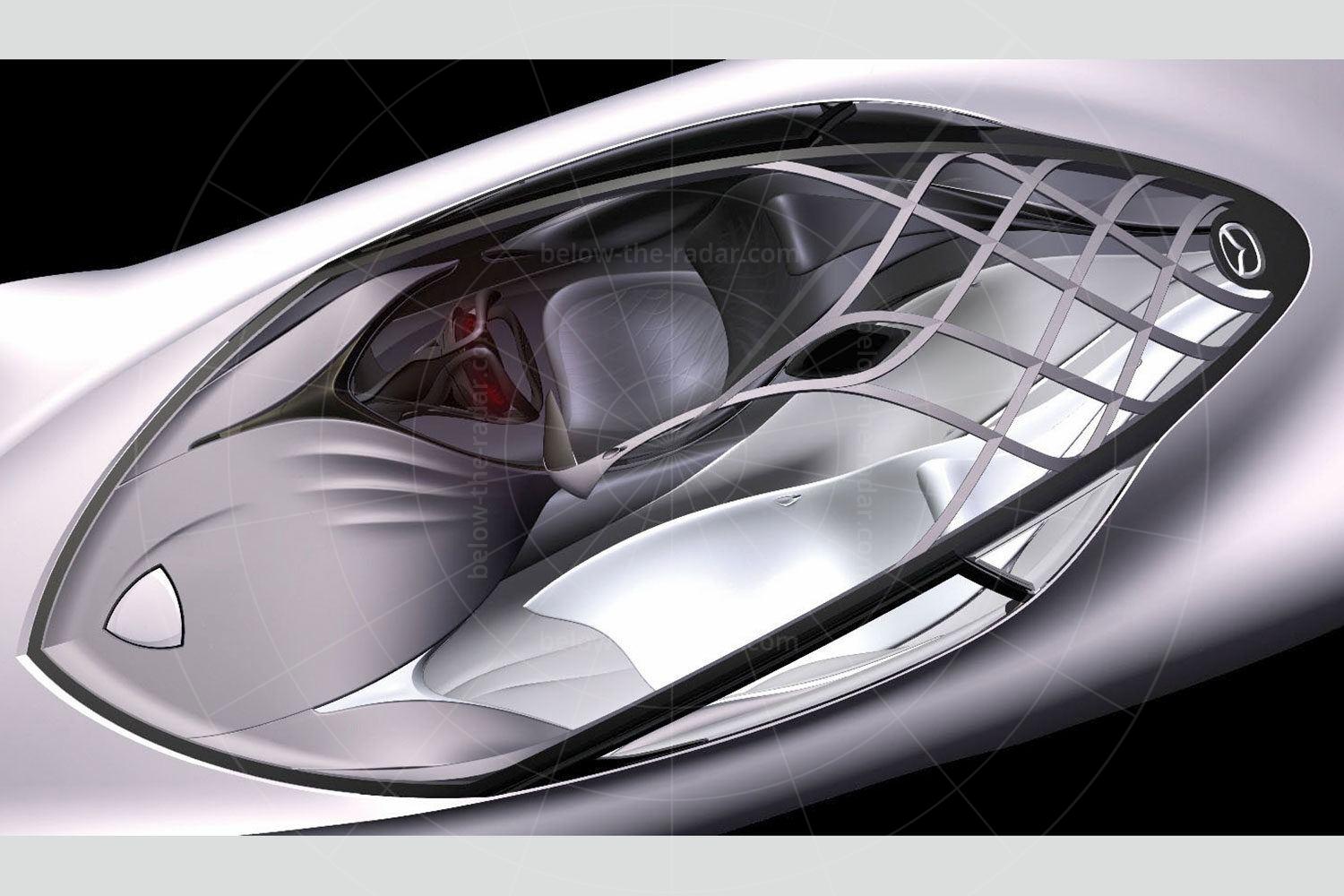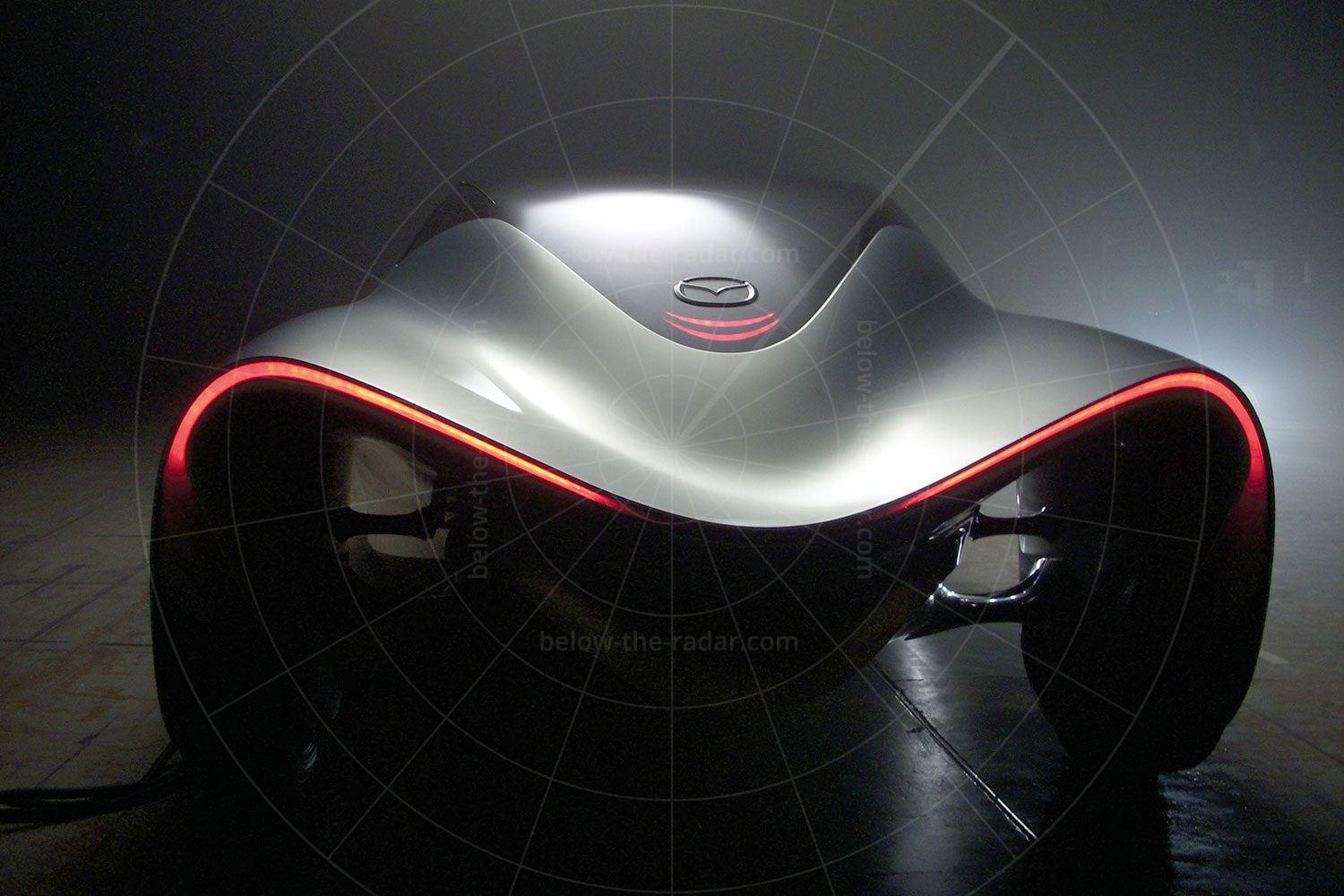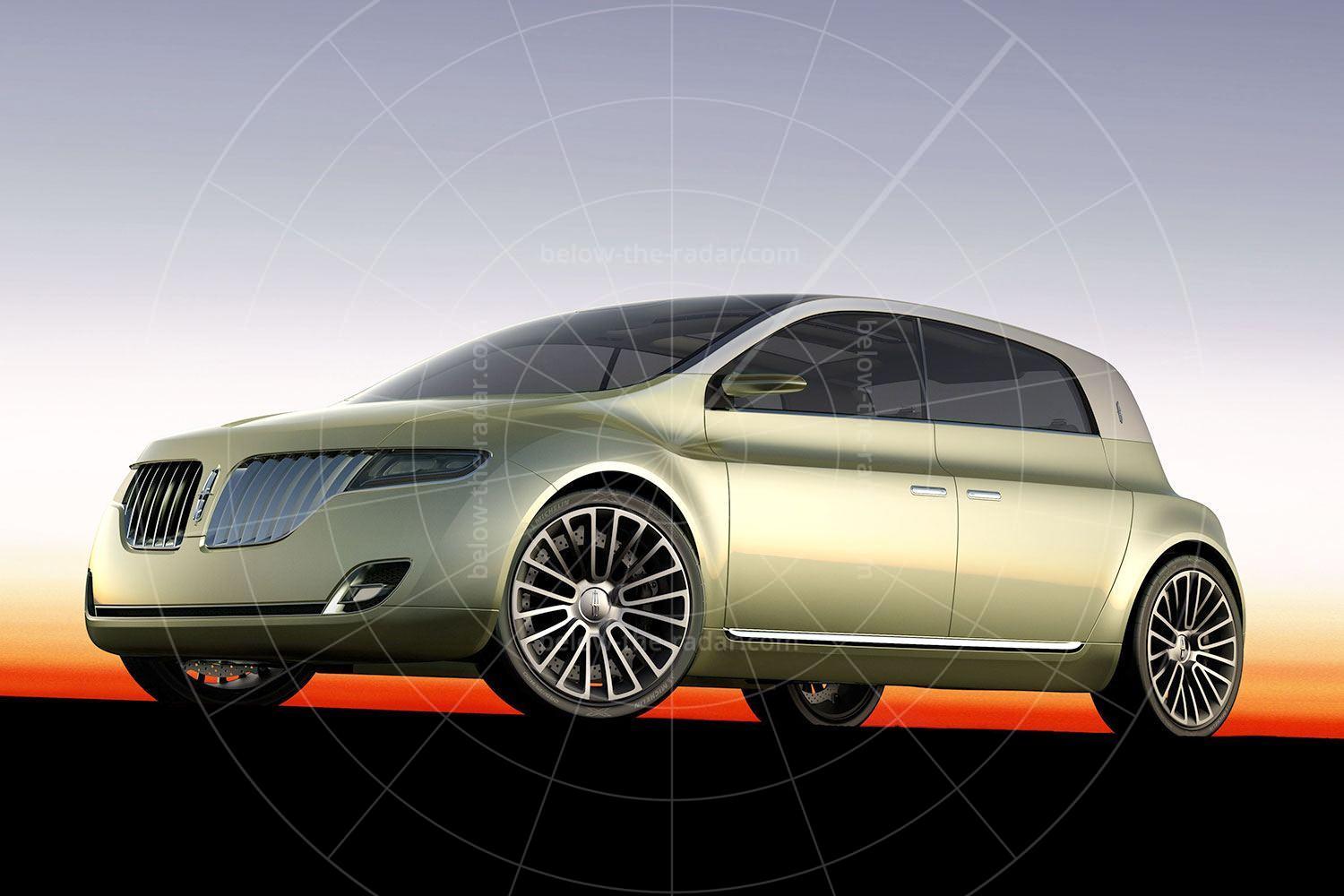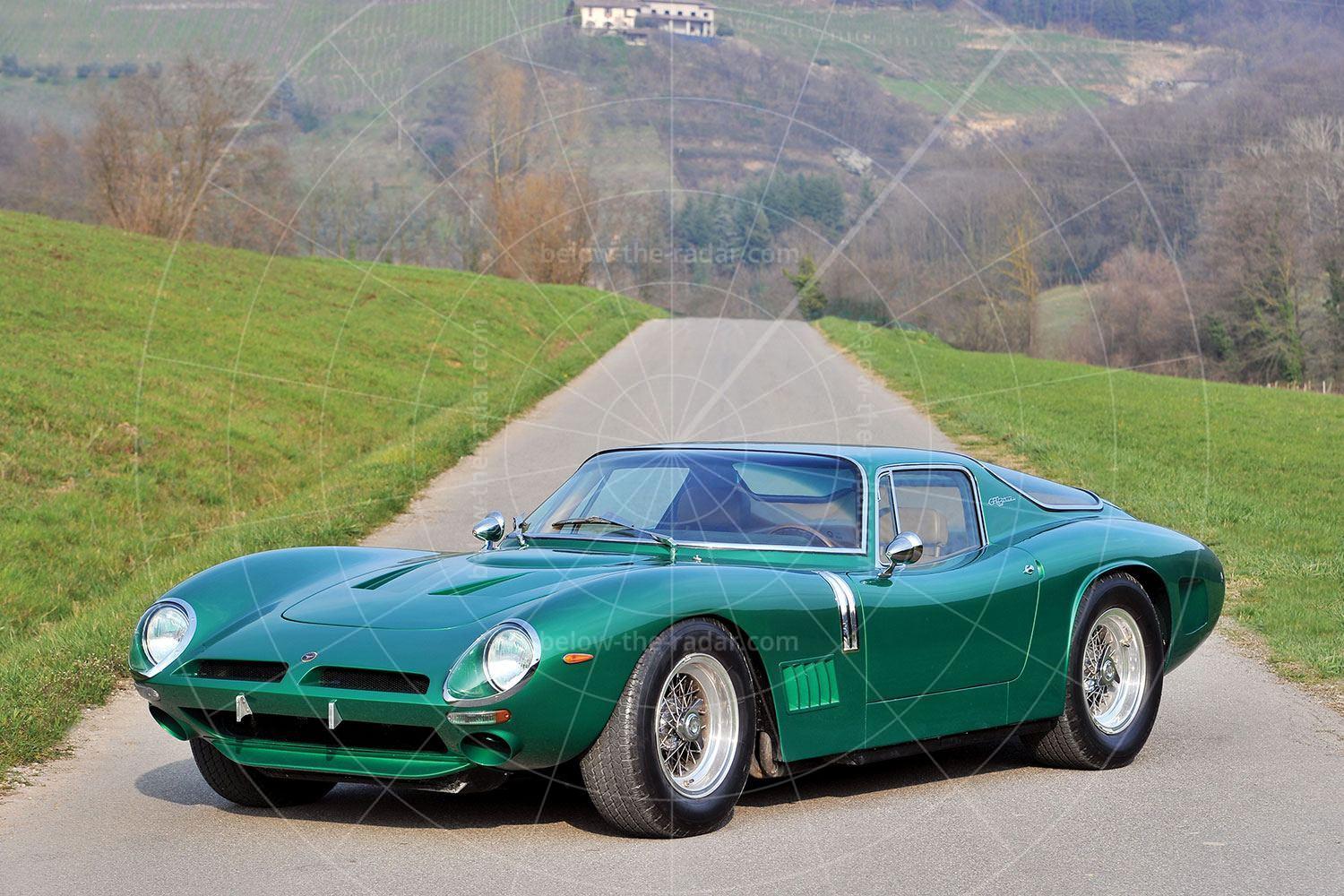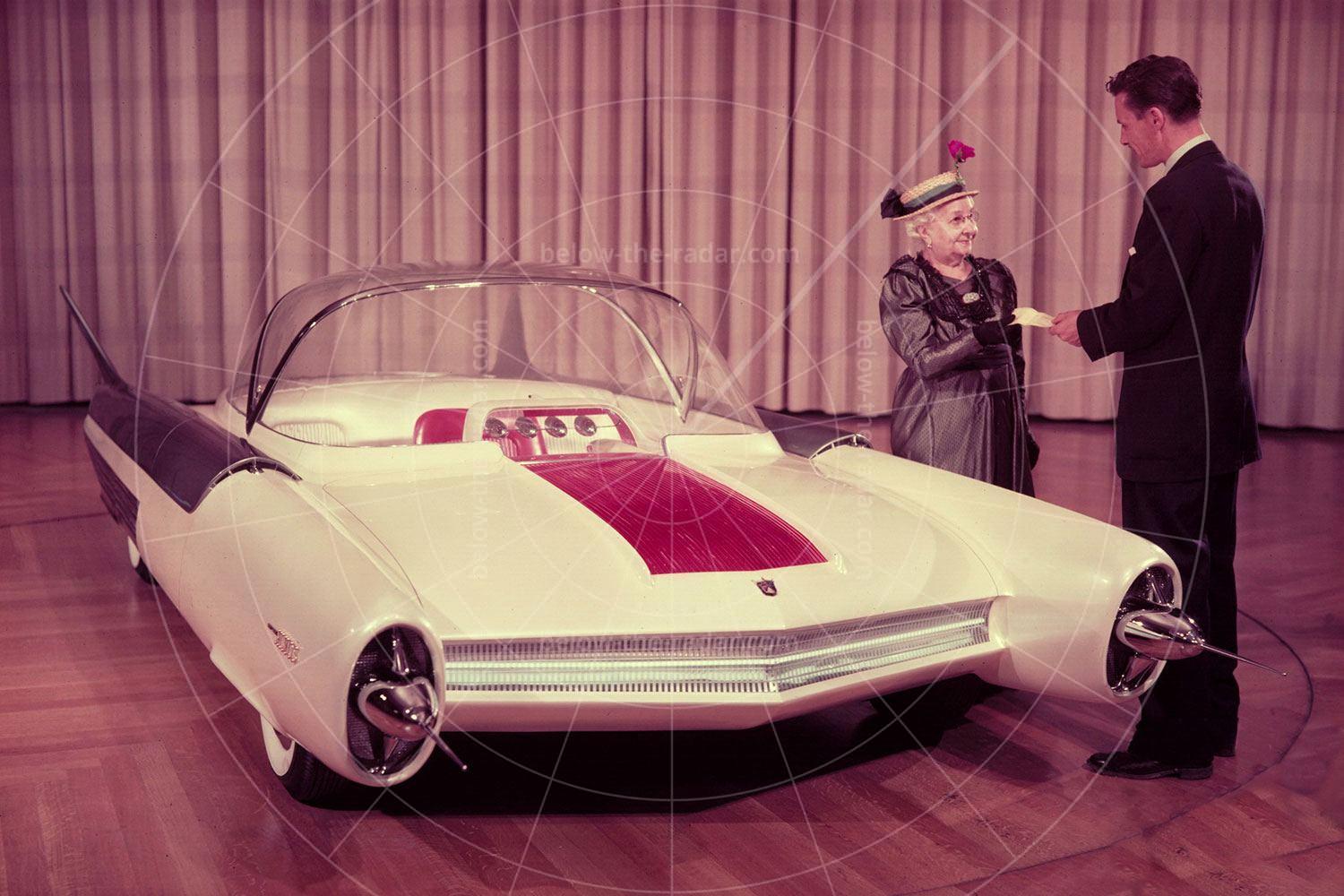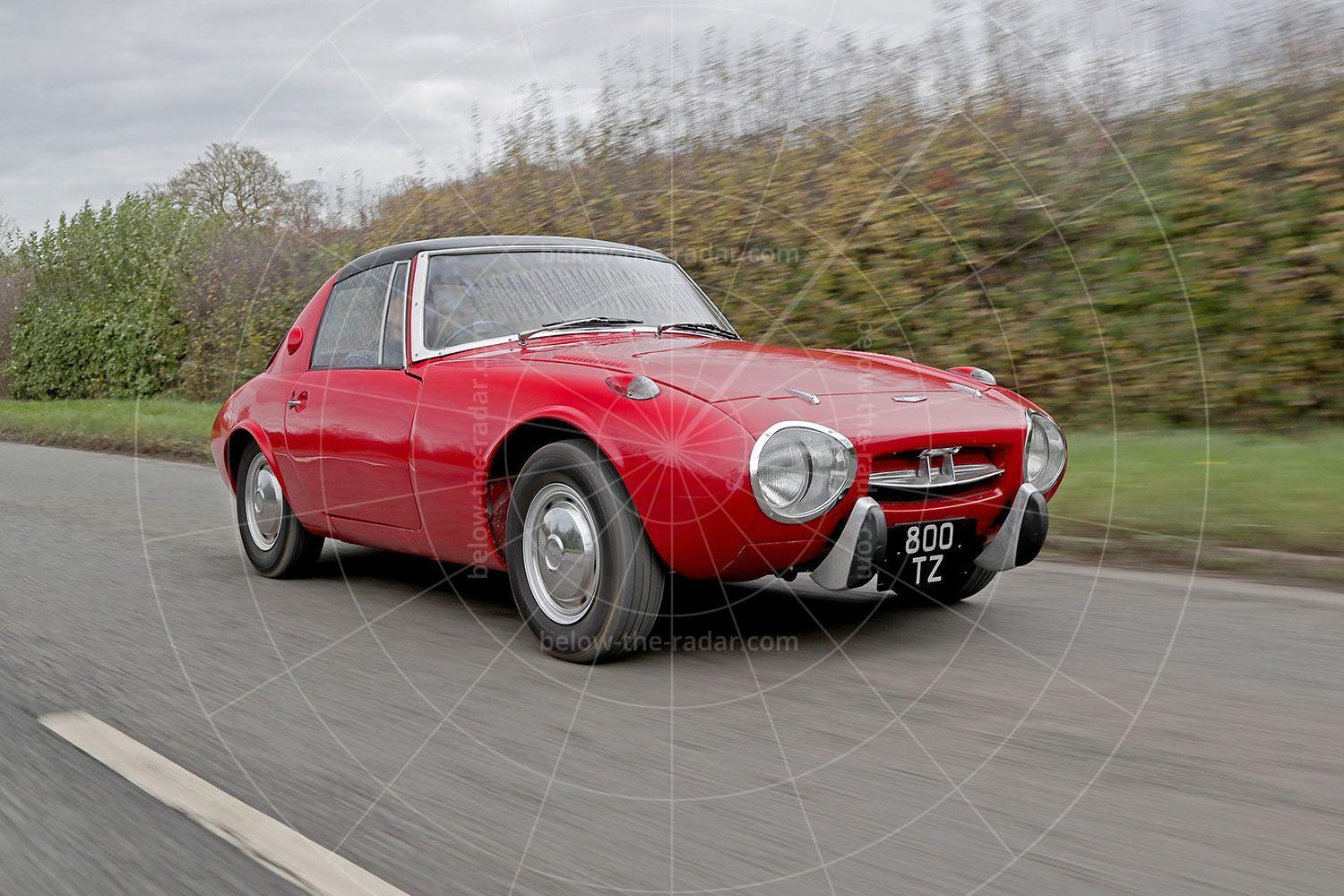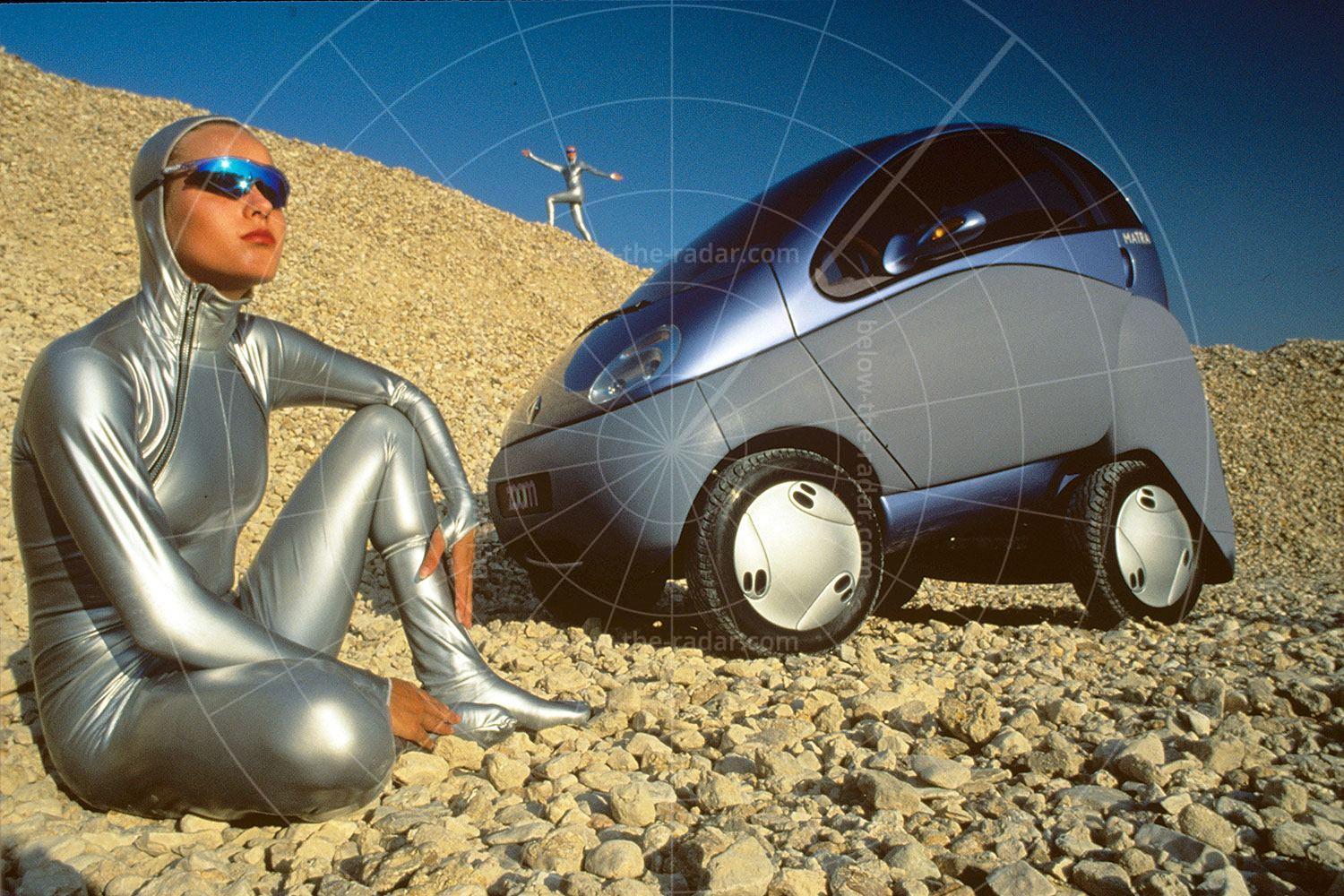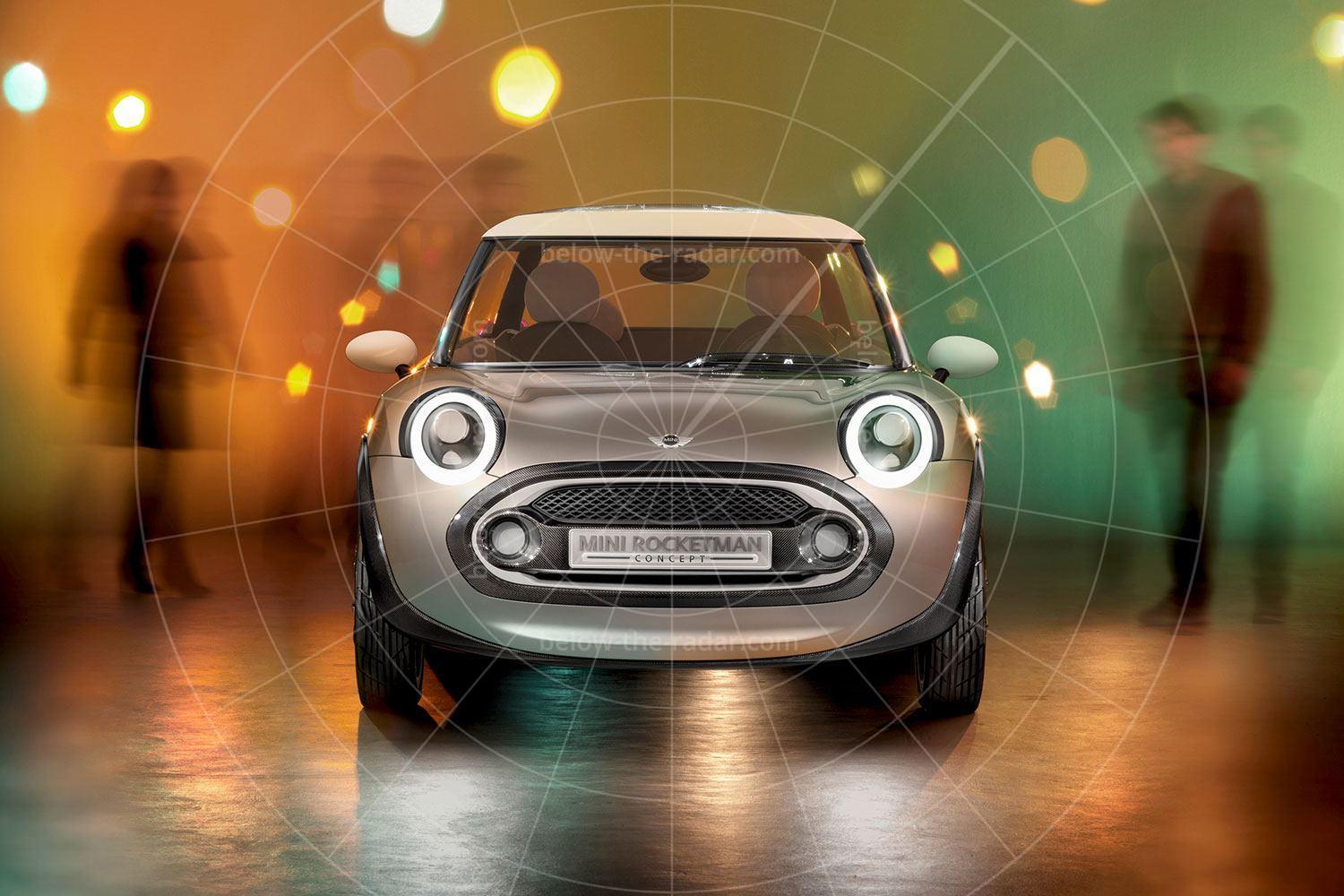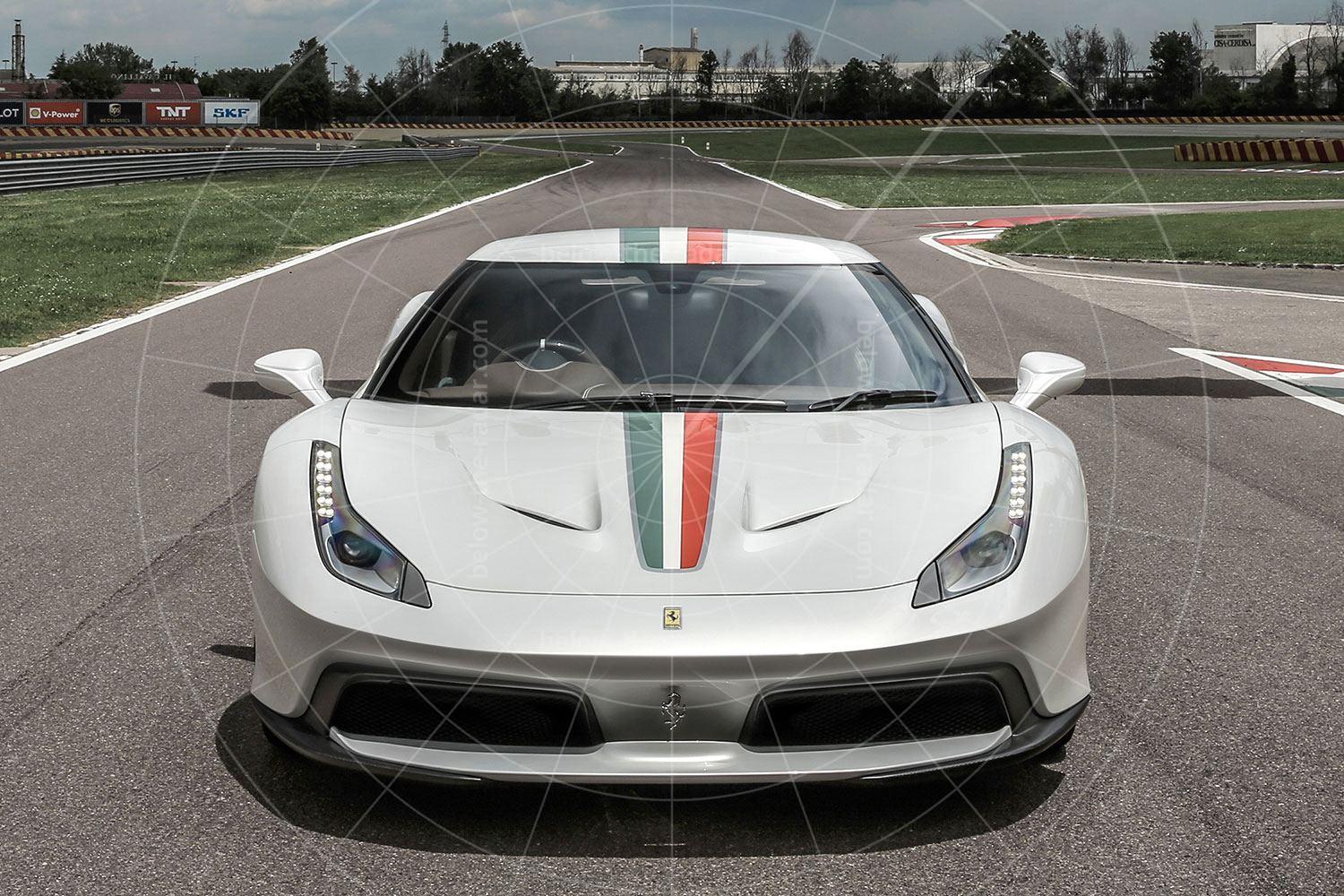Concepts are supposed to push the boundaries both stylistically and technically, but even some of the most forward-thinking examples seem rather conventional next to the Mazda Taiki, which looked nothing less than stunning when it was unveiled late in 2007. Indeed, it’s one of those concepts that will always look stunning, like the IAD Alien, because production road cars are highly unlikely to ever resemble anything so beautiful, thanks to safety and packaging constraints.
The Taiki was the fourth in a series of concepts from Mazda, which followed its then-new design language of Nagare. The Taiki followed up the Nagare, Ryuga and Hakaze design studies which had appeared over the previous year or so, each one featuring a design that embodied movement, with most of the styling references inspired by nature – things like waves, sand dunes and lava flows. The result here was even more stunning than in any of the previous studies.
When it was unveiled, Mazda claimed that the Taiki was potentially an early view of what a future sportscar from the company might look like. While anything so extreme was always going to be unlikely, Mazda hasn’t been afraid to build some unusually-designed cars in the past, most notably the final RX-7 and the RX-8, the latter with its rear-hinged back doors.
The whole point of the Taiki was to create a driver’s car that was also aerodynamically efficient. To that end this front-engined, rear-wheel drive sportscar was ultra-slippery and featured just two seats; trying to fit any more into such a compact shape would have led to the proportions being completely wrong. As it was, Mazda’s team got things just about perfect.
The Taiki took its name from the Japanese word for ‘atmosphere’, which according to Mazda is what wraps around Earth with its protective mantle. So the cornerstones of the Taiki’s exterior design were protection, environmental sustainability and movement. While it would be easy to dismiss all this as marketing puff, what matters is that the result was nothing less than sensational; a car that looked like nothing else before or since.
More intriguingly, the challenge given to the Taiki’s styling team was to create a design that visually expressed the flow of air, inspired by the image of a pair of Hagoramo – the flowing robes that enable a celestial maiden to fly in Japanese legend – floating down from the sky. Sounds as though the stylists were smoking something naughty, but when you look at the Taiki you can see how it all adds up; its bodywork really does look like robes flowing in the wind.
Neat touches included lighting only visible when illuminated, alloy wheels inspired by the fan blades of a jet engine and an interior just as slick as the exterior. Bizarrely, this was inspired by Koinobori, or carp-shaped wind socks used to celebrate the Japanese Tango no Sekku day. This continued the air-flow theme, while unusually the driver’s side was coloured black while the passenger’s side was all white. Look at it too long and the chances were it would cause your brain to spin…
The Taiki was also unusual mechanically, in that it featured a Wankel rotary engine. Mazda was the only company to have persevered with this type of engine after everybody else had given up in the 1970s, and it was by sticking with rotary engines that Mazda was able to produce cars with much lower noses than generally seen elsewhere. This was typified by the Taiki, which featured the next generation of Wankel design, a powerplant that was smoother, more efficient and more powerful than ever before.
Inside, the key technology on show was Mazda’s Human-Machine Interface, or HMI. The purpose of this was to make it easier for the driver to control the car, while it also incorporated a series of cutting-edge safety features. The key to it all was a steering wheel hub that allowed the driver to control all of the Taiki’s key functions without having to lift their hands from the wheel. As if this wasn’t enough, the steering wheel also featured various displays more usually seen in the dashboard binnacle, so quite how Mazda expected to fit an airbag to the wheel is anybody’s guess. But then that’s the whole idea of a concept sometimes – not to focus on the practicalities too much…
| Vital statistics | |
|---|---|
| Debut | Tokyo 2007 |
| Lead designer | Yamada Atsuhiko |
| Design director | Laurens van den Acker |
| Engine | Front-mounted, naturally-aspirated rotary |
| Transmission | 7-speed dual-clutch semi-auto, rear-wheel drive |

